
10 Q
3rd
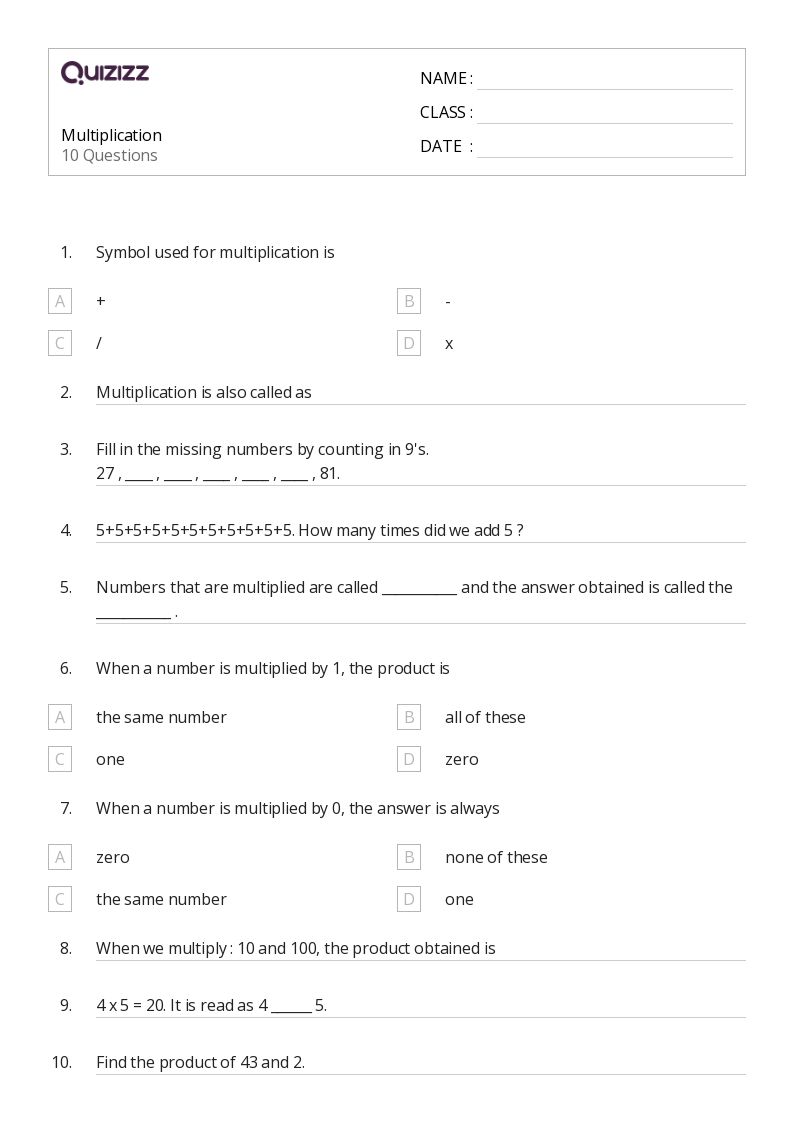
10 Q
3rd

20 Q
3rd

10 Q
3rd - 5th
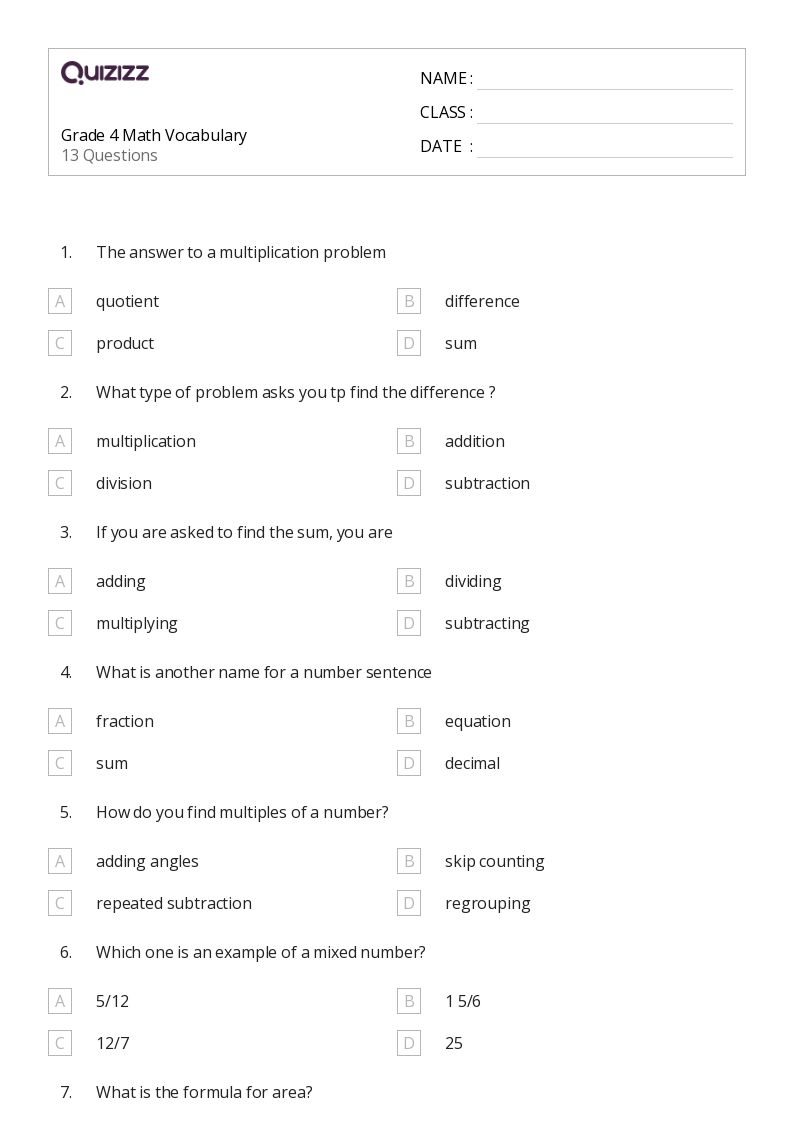
13 Q
3rd - 4th

11 Q
3rd - 5th

10 Q
3rd

14 Q
2nd - 3rd

15 Q
3rd
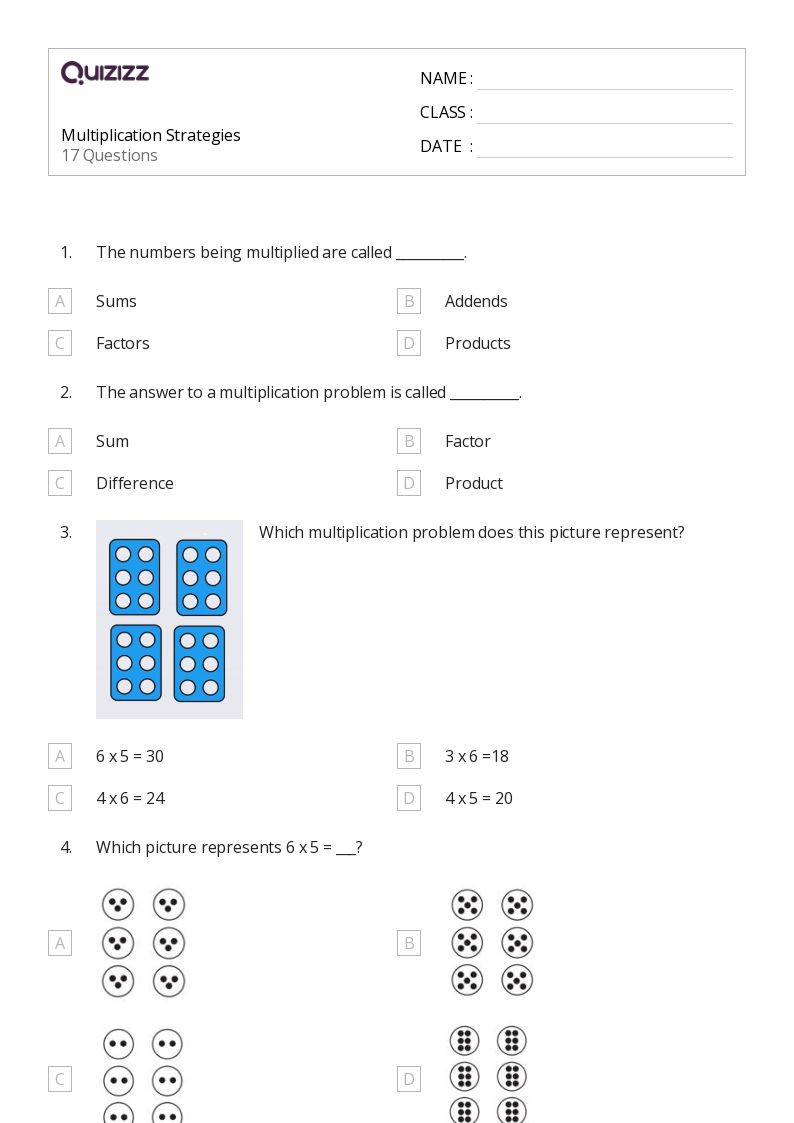
17 Q
3rd

12 Q
3rd - 4th

10 Q
3rd

10 Q
3rd
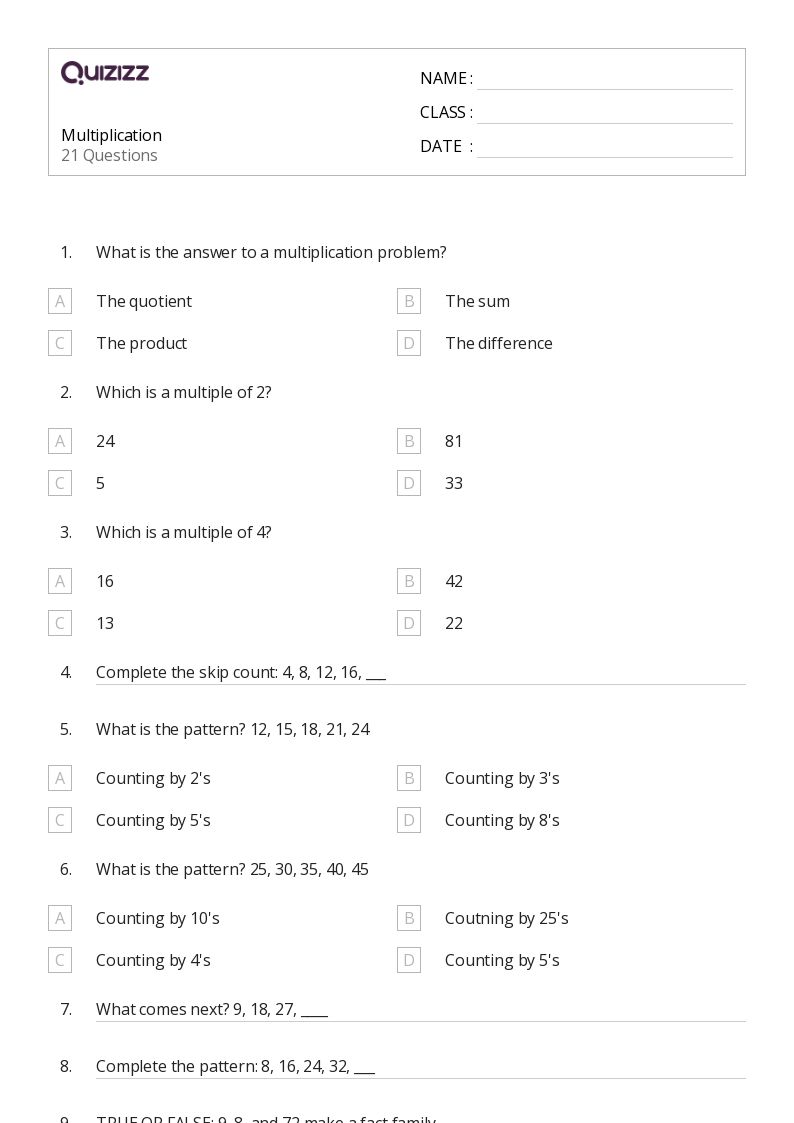
21 Q
3rd

6 Q
2nd - 3rd

20 Q
3rd - 4th
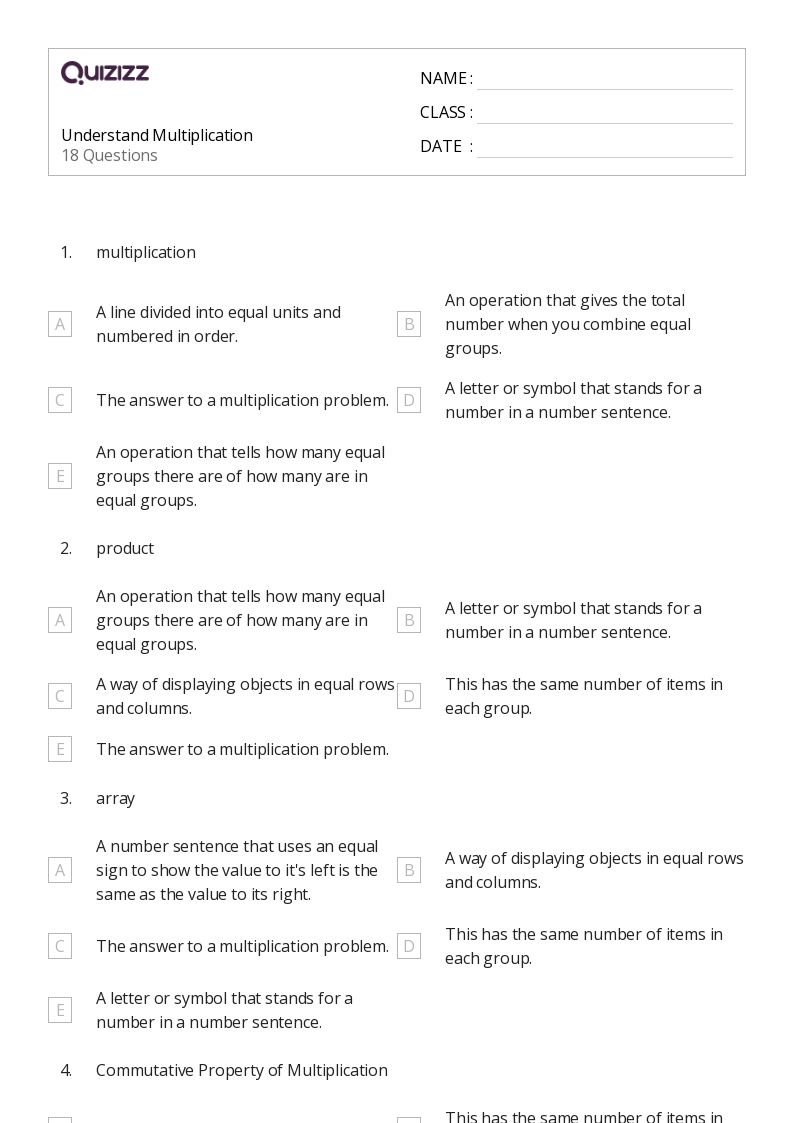
18 Q
3rd

20 Q
3rd - 5th
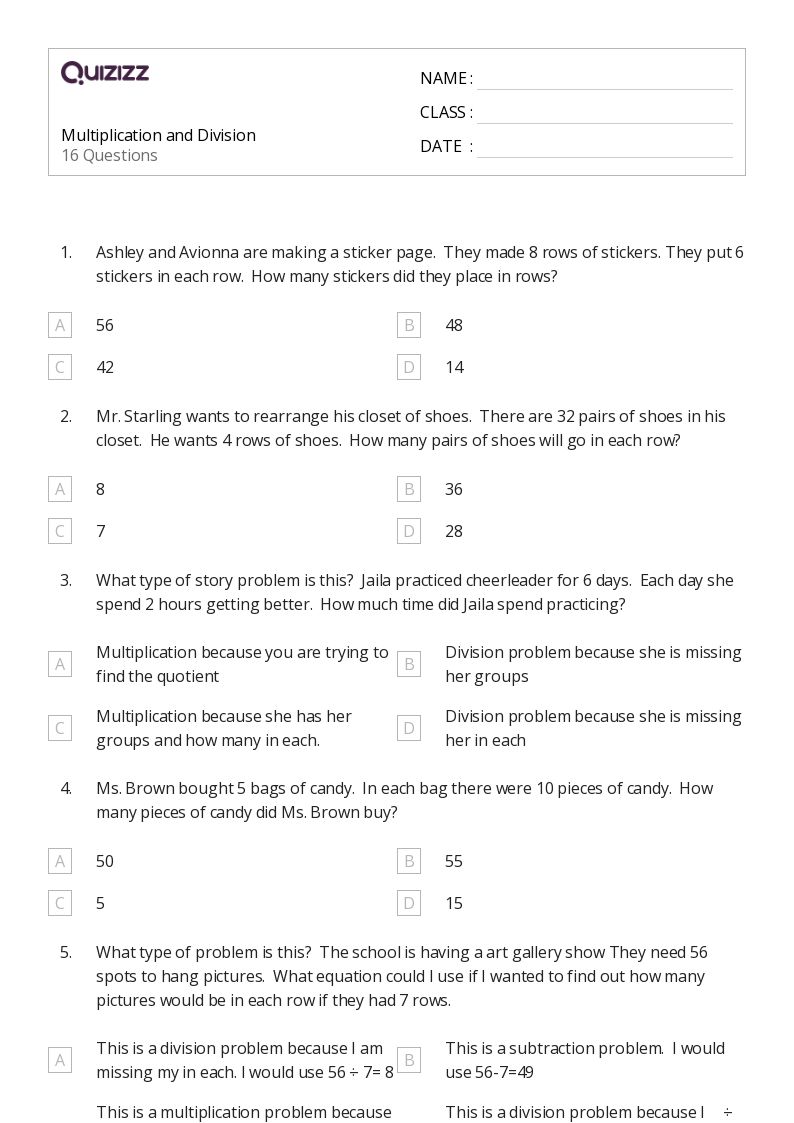
16 Q
3rd - 4th

20 Q
2nd - 3rd

16 Q
2nd - 3rd

10 Q
3rd

10 Q
3rd
Explore Multiplication and Skip Counting Worksheets by Grades
Explore Other Subject Worksheets for year 3
Explore printable Multiplication and Skip Counting worksheets for 3rd Year
Multiplication and Skip Counting worksheets for Year 3 are essential tools for teachers to help their students master the fundamental concepts of math. These worksheets provide a variety of multiplication strategies that cater to different learning styles, making it easier for students to grasp the concept and apply it in real-life situations. Year 3 teachers can use these worksheets to reinforce lessons taught in class, provide additional practice for struggling students, or even as a fun and engaging activity for the whole class. By incorporating these multiplication and skip counting worksheets into their lesson plans, teachers can ensure that their Year 3 students develop a strong foundation in math, setting them up for success in future grades.
Quizizz offers a wide range of resources for teachers, including Multiplication and Skip Counting worksheets for Year 3, to make learning math more interactive and enjoyable. In addition to worksheets, Quizizz provides teachers with access to a variety of engaging quizzes, games, and other interactive activities that can be used to supplement traditional teaching methods. These resources are designed to help Year 3 students build their multiplication skills while also fostering a love for math. Teachers can easily track their students' progress and identify areas where they may need additional support or practice. By incorporating Quizizz into their lesson plans, teachers can provide a well-rounded and comprehensive approach to teaching multiplication strategies, ensuring that their Year 3 students are well-prepared for the challenges of higher-level math.
